Panasonic Lumix DC-S5 Camera Review:
If you’re looking to get into L mount, and you’re looking at Panasonic, I’m sure a lot of you know that there’s the S1 and S1R bodies. Both of those bodies are aimed at the higher end of the market, and with that comes higher price tags. If you’re not looking to spend that kind of money and at the same time, you want something more compact than those two options, the Panasonic Lumix DC-S5 might just be the camera that will fit your needs. I spent some time with it, and here’s what I think of it.
Panasonic Lumix DC-S5 Mirrorless Camera Review:
So, let’s first take a look at the overall build and ergonomics. The S1 and S1R bodies are built really well but one complaint is that they’re not compact enough. The DC-S5 fixes this issue, and I have to say, Panasonic really did a good job. The dimensions of the S1 are 5.22 x 3.82 x 3.22″/132.6 x 97.1 x 81.9 mm, which actually makes it a bit smaller than the Panasonic GH5, which is not even a full frame camera but a micro four thirds one. It’s also a bit lighter. Speaking of its heft, the S5 weighs just 1.57 lb/714 g (with battery and memory cards), which make it considerably lighter than the S1, which weighs 2.25 lb/1021 g.
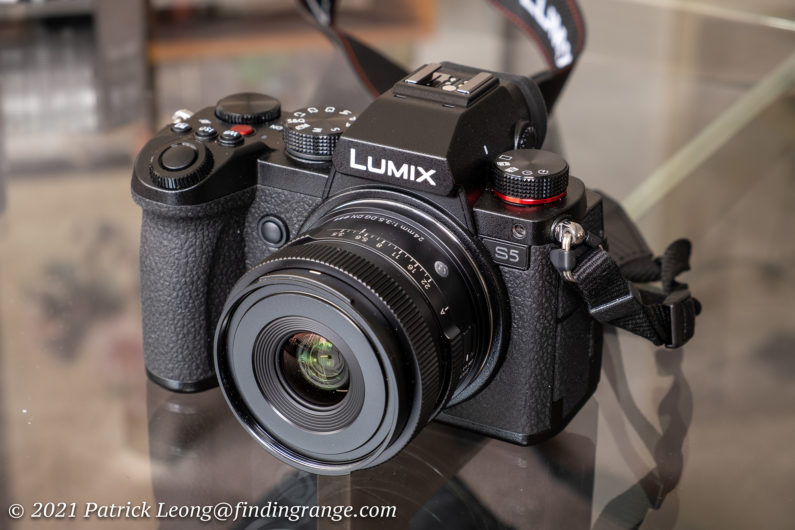
↑ Here’s the Panasonic DC-S5 with the Sigma 24mm f3.5 DG DN Contemporary lens attached.
I just love how this camera feels in the hands. It’s compact but at the same time, it isn’t so small that it feels awkward holding the S5 when you have larger lenses mounted to it. For example, I had my Summilux-SL 50mm f1.4 ASPH mounted to it during a professional shoot, and the combo felt extremely balanced in my hands. The deep grip on the S5 helps quite a bit. However, when you do want to go light, this is definitely the camera you should consider. In fact, it matches well with the Sigma I Series compact lenses I was reviewing at the time.
With the Sigma I Series lenses, and maybe a few other more compact L mount lenses in your collection, it might make you wonder if you would even need to go down in sensor size just for a more compact system. It sure made me wonder. I was thinking to myself that if I were to invest in the S5, I can use the same lenses as my Leica SL2. It kind of makes sense for me, and it would be great to have a smaller second body like the S5 to use. As you can see in the photo below, the S5 isn’t really much larger than my Fuji X-T3, which as some of you know, has an APS-C sensor. Plus, in terms of price, they are very close. The Fuji X-T4 currently retails for $1,699, while the S5 retails for $1,997 (there’s a $300 rebate currently though knocking the price down to $1,697). Obviously, there are other factors involved besides size, and price when one purchases a camera but all I’m saying is I can see many considering the S5 as an alternative over an APS-C equivalent at this point.
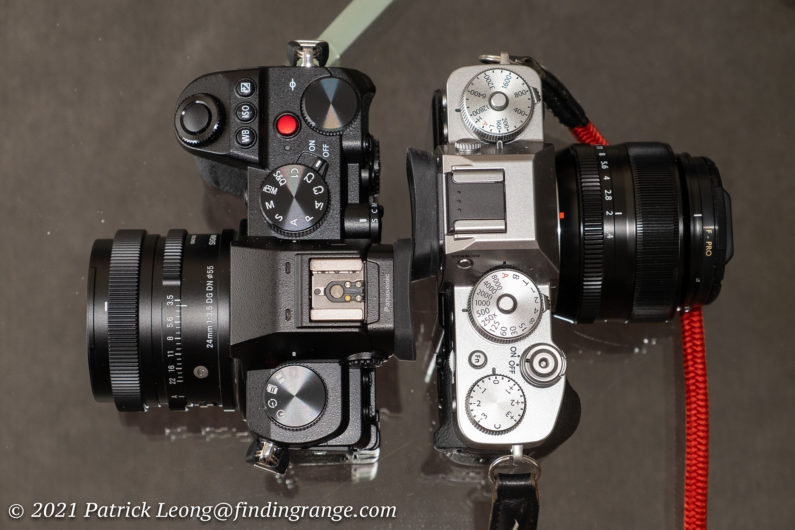
↑ As you can see, the Panasonic DC-S5 isn’t that much larger than the Fuji X-T3, which has an APS-C sensor.
Speaking of, since I do blog quite a bit about Leica, and a few of you follow me for it, I will say that yes, the S5 makes a GREAT companion to the SL2. The Panasonic Lumix DC-S5 compliments it perfectly. Nothing against the SL2-S, which is a fantastic camera but I would’ve loved to see Leica build an S5 equivalent. I use my SL2 for professional work but when I’m off the clock, and I want something that can still use my L mount lenses but maybe not be as large and heavy, the S5 makes a fantastic option. Better yet, combine it with smaller glass like the Sigma I Series lenses I mentioned earlier, and you have a superb system that is pretty much up for anything.
With all that said, don’t think of the Panasonic Lumix DC-S5 as just a sidekick to a better camera; on the contrary, the S5 can definitely hold its own. I will talk more about this later in my image quality section but the camera performs brilliantly, and can definitely produce professional results. In fact, I had two professional shoots scheduled, and decided to leave my SL2 at home, so I was forced to only depend on the S5. The camera did nothing but impress.
Panasonic Lumix DC-S5 Mirrorless Camera Features:
Speaking of impressing, while the Panasonic Lumix DC-S5 is a more compact and cheaper camera than its siblings, don’t think it lacks in features. On the contrary, this camera is feature packed, and in my opinion, one of the more complete cameras in its price range and class. For one, everything about this camera is professional grade. It has a magnesium alloy chassis that is also dust and moisture sealed. The dials on the top plate have a great feel to them. They don’t feel hollow and cheap. They also have a nice resistance as you turn them. The placement of the buttons and switches, in my opinion, are in good locations. I never once felt like they were in the way or in places that didn’t make sense. All the essential controls, like ISO or autofocus modes, for example, are easily accessible. It’s also a camera that is easy to learn how to use quickly.
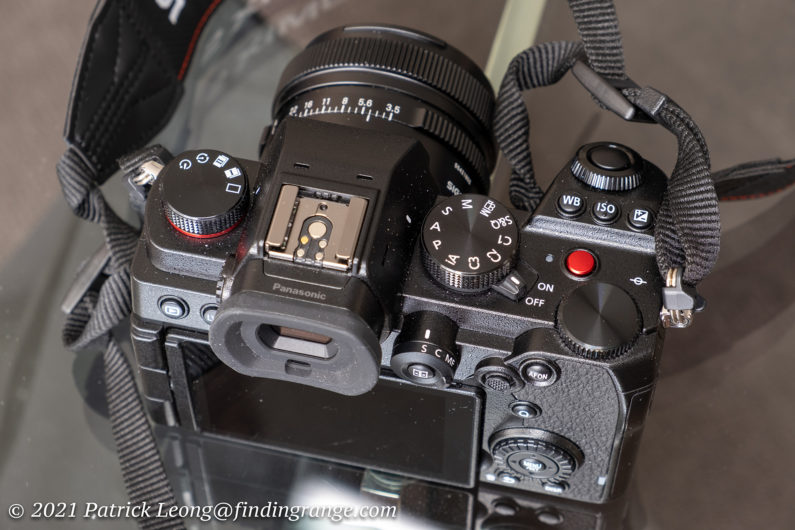
↑ Here’s how the top plate of the camera looks like.
In addition, there’s a 3.0″ 1.84m-dot LCD touch display that is bright, clear, and produces great color. It’s great to use for live view, playback mode or menu navigation. The screen can also rotate in several different ways working from high, low, and front-facing angles.
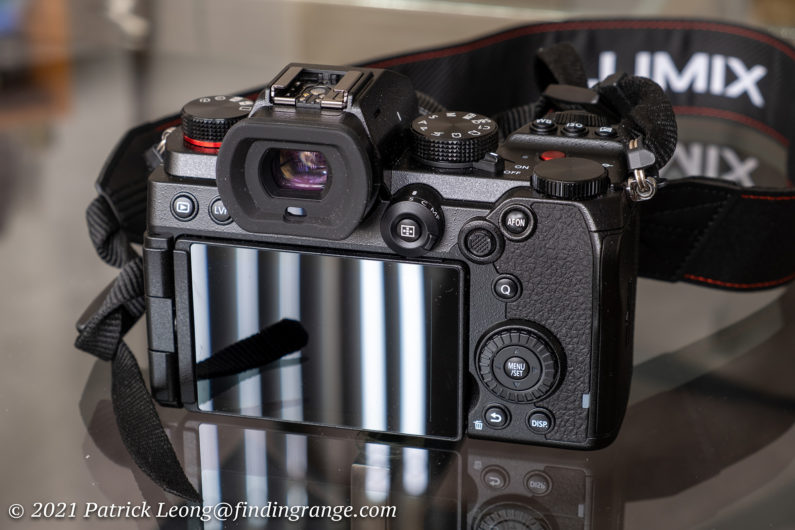
↑ Here’s the LCD display.
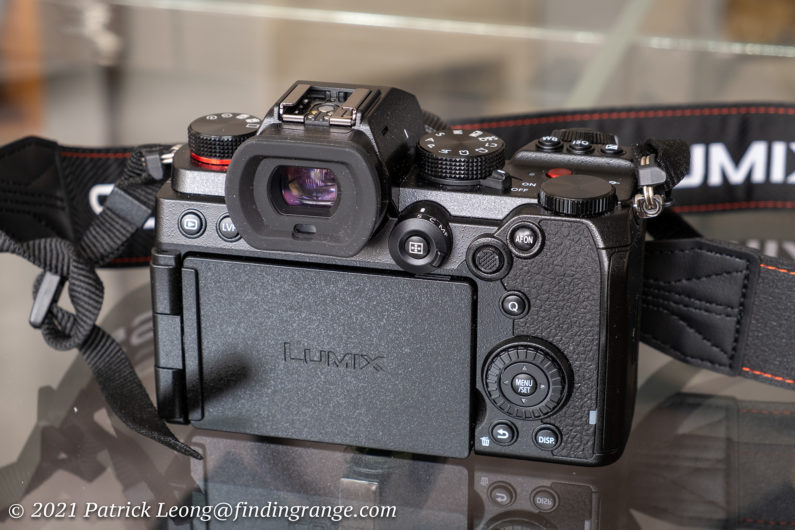
↑ You can flip the screen around.

↑ You can rotate it in several different directions.
Like other mirrorless cameras, the Panasonic Lumix DC-S5 also has an electronic viewfinder. The one in this camera is a 2.36m-dot OLED EVF. The EVF is bright, and produces great colors. It still isn’t as impressive as 5.76m-dot EVF in the S1 and S1R cameras. However, it is still in line with the S5’s competition, and it works great. I have the SL2, which has the same 5.76m-dot EVF as the S1R, and while it’s better than what’s in the S5, it’s not like I was missing my SL2’s viewfinder all that much. What I’m getting at is it’s plenty good. I find it to be even a bit better, at least in terms of color and what it produced, than the one in my X-T3, which is a 3.69-million-dot EVF. Plus, what really makes this view finder nice is the large 0.74x magnification and 60 fps or 120 fps changeable refresh rate.
Another feature worth mentioning is the S5 does have 5-axis sensor-shift image stabilization technology giving you 5 stops of camera shake. Overall, it works great as expected. With compatible Lumix lenses featuring O.I.S., you can bring that up to approximately 6.5 stops of camera shake.
Battery life is decent as well. According to the specs, the DMW-BLK22 rechargeable lithium-ion battery is rated for about 440 shots per charge when working with the rear LCD display, 470 shots per charge with the EVF, and 1500 shots per charge when Power Save LVF mode is on. In real life shooting, let’s just say I wasn’t too worried about charging the camera all the time. I even shot an entire 3/4 shoot on just one charge, and I wasn’t even making any real effort to conserve energy.
Furthermore, if you feel the need for more resolution than 24 MP, the S5 can also use sensor-shift stabilization to compile eight separate exposures to create one 96 MP RAW or jpeg file in High Resolution mode. You can really only do this with static subjects, and when working with a tripod but in the end, you can get an image with 12000 x 8000 resolution.
Other features that really make the Panasonic Lumix DC-S5 such a complete package to me include dual SD memory card slots (one UHS-II-compatible slot, one UHS-I-compatible slot). There’s Bluetooth and Wi-Fi, a HDMI Type D port, a 2.5mm port, 3.5mm microphone and headphone jacks, and USB Type-C port that allows for fast file transferring along with in-camera battery charging.
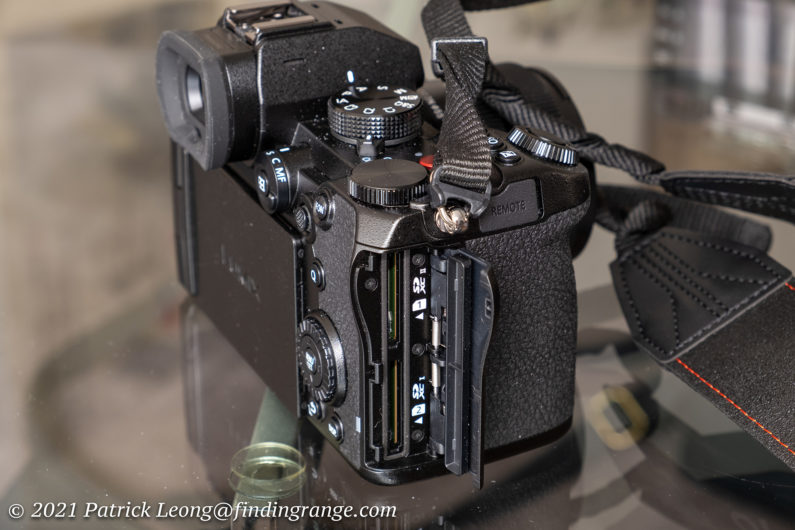
↑ Dual SD card slots.
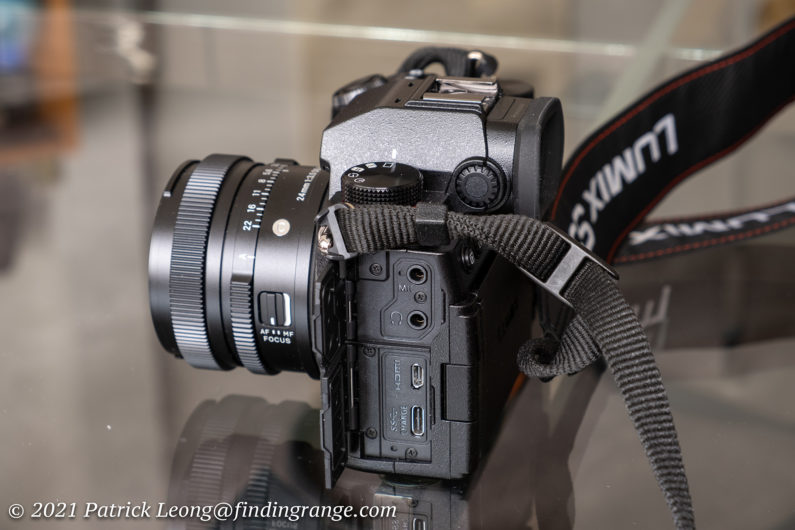
↑ Several different plugs.
Lastly, while I don’t shoot much video but I know many do, and the S5 has some excellent video features. Some of these include full-frame UHD 4K30p internal recording with 4:2:2 10-bit color, and UHD 4K60p recording using an APS-C sensor area and 4:2:0 10-bit color. HD recording at 60 fps, as well as 4K at 30 fps, is also supported with 8-bit color and no limits to recording time. High-speed recording is also possible, up to Full HD at 180 fps. Three still shooting modes are also an option for recording continuous 3:2 or 4:3 8MP stills at 60 or 30 fps or 18MP stills at a 30 fps. Lastly, The S5 has 14 stops of dynamic range, and anamorphic recording is also available.
Panasonic Lumix DC-S5 Mirrorless Camera Autofocus:
As for autofocus, the Panasonic Lumix DC-S5 uses DFD (Depth-From-Defocus) Autofocus System, which is contrast-detection based. The system features 225 AF areas, and according to Panasonic, you can get accurate AF performance down to -6 EV. In AF-S mode the S5 does 7 fps, while in AF-C mode, it does 6 fps.
AF performance can depend on the lens mounted as well but overall, I found the AF to be excellent. Focus was always fast, and accurate. I had my Leica SL lenses, and also the Sigma I Series lenses at the time when I was testing the S5. They all performed quite well on the S5.
Face detection was also great. As I mentioned earlier, I did bring the S5 along with me on some of my shoots. The face/body detection was really good at locking onto the subject even in difficult lighting. I was doing a boudoir shoot in an area with very harsh lighting, and dark shadows. The S5 was excellent at keeping up.
Panasonic Lumix DC-S5 Mirrorless Camera Image Quality:
Image quality wise, the Panasonic Lumix DC-S5 uses a full-frame 24.2 MP CMOS sensor and an updated Venus Engine. It’s the same sensor that can be found in the higher end S1 model. The ISO range is 100 – 51200, which can also be expanded to 50 – 204800 ISO.

↑ This was taken at the Oculus and WTC area with the Sigma 35mm f2 DG DN Contemporary lens. The settings were 100 ISO and f5.6.
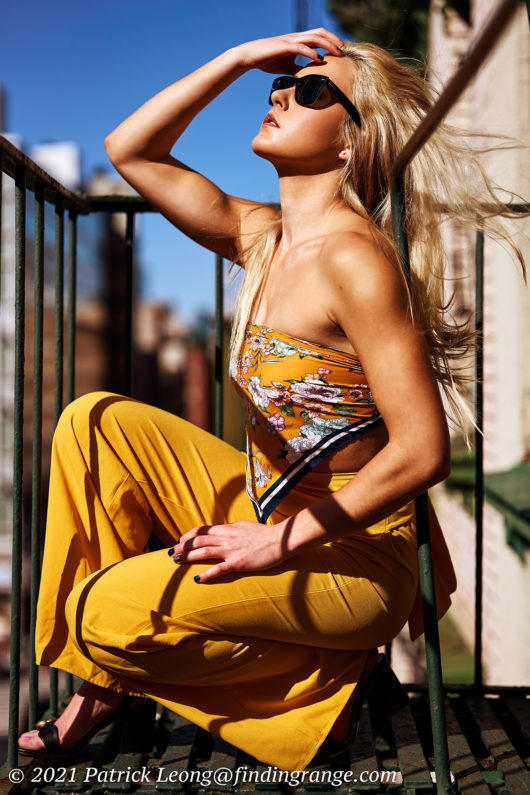
↑ Here’s one of Michelle (Instagram) shot at f2 with the Sigma 65mm f2. I used 100 ISO.
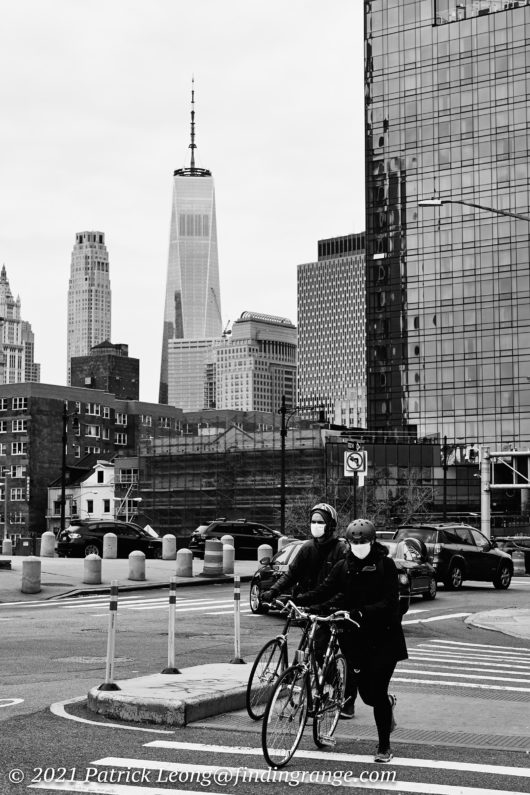
↑ This was taken with the Sigma 65mm f2 using 100 ISO and f5.6.
Overall, the image quality is superb. The sensor doesn’t have a low-pass filter, which only helps it to obtain that extra crispness in the already tack sharp photos that it produces. Photos have nice depth and have a rich look to them. The colors and the way contrast are produce look especially pleasing to my eye. Dynamic range is also excellent. I was doing that boudoir shoot with heavy shadows and harsh light I mentioned earlier, and I remember being really impressed with how much detail I was able to retrieve from the shadow areas, and how I could retain so much detail in the highlights. It’s also worth noting that if you don’t want to edit RAW files, you can definitely shoot in just jpeg mode because these files are great right out of the camera.

↑ Here’s a shot taken around the Lower East Side with the Sigma 65mm f2 using 100 ISO and f5.6.
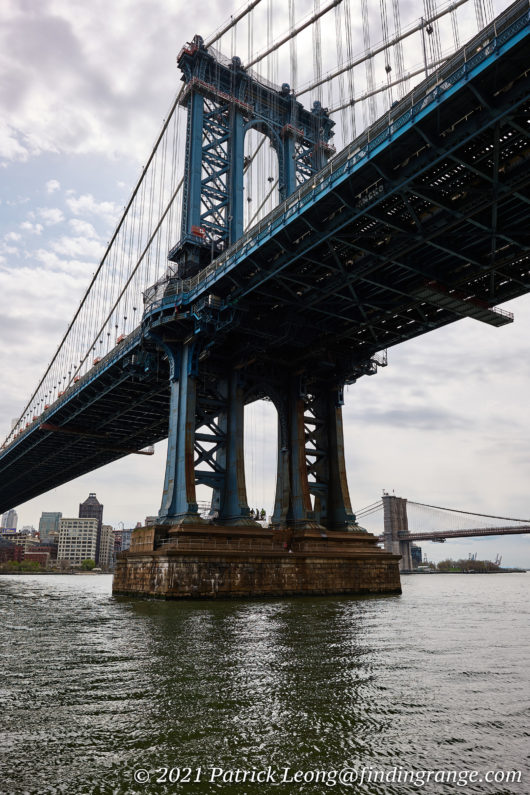
↑ Here’s a photo of the Manhattan Bridge taken under the FDR Drive with the Sigma 24mm f3.5. The settings were f8 and 100 ISO.
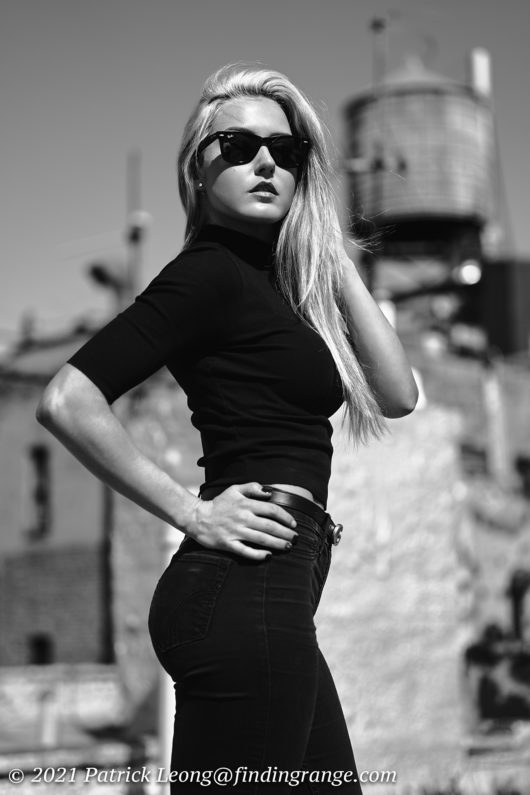
↑ Here’s another of Michelle (Instagram) shot at f2 taken with 100 ISO. The Sigma 65mm f2 was used here.
It’s also worth mentioning that the S5 has great high ISO capabilities. You can get clear and usable images all the way up to 6400. As you continue to increase the ISO, there will be a more noticeable difference once you hit 12800 ISO. Anything higher, of course, will affect the image quality like with any other camera. With that said, files from 12800 to 51200 ISO are still very clean to me. I am definitely impressed. The high ISO capabilities of the S5 are excellent, and in my opinion, it is one of the best in its class in this area.
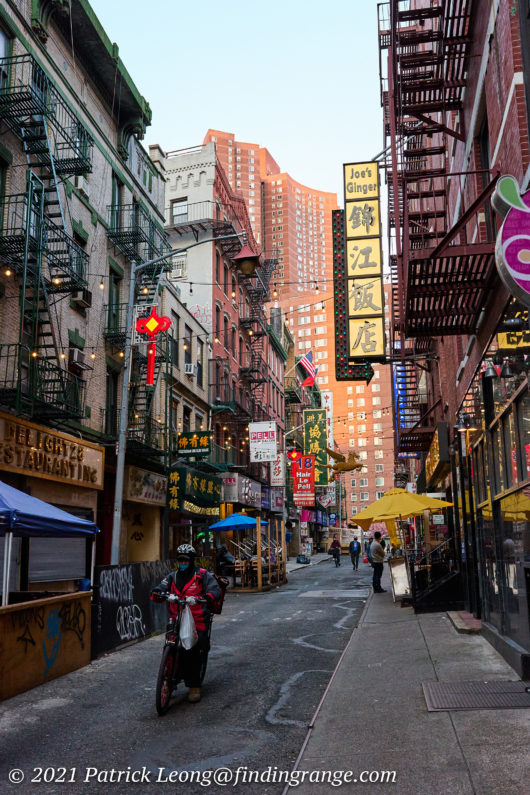
↑ This was taken with the Sigma 35mm f2 set at f5.6. I was using 6400 ISO, and as you can see, it’s very clean.
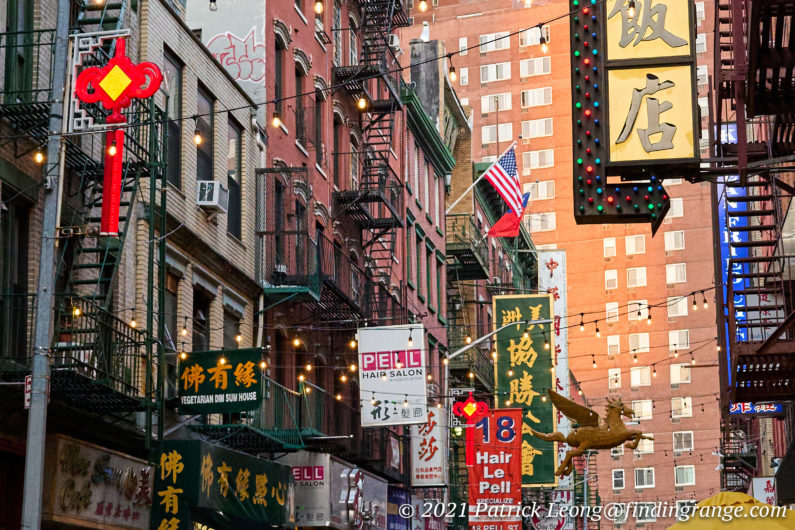
↑ Here’s a 100% crop of the photo above.
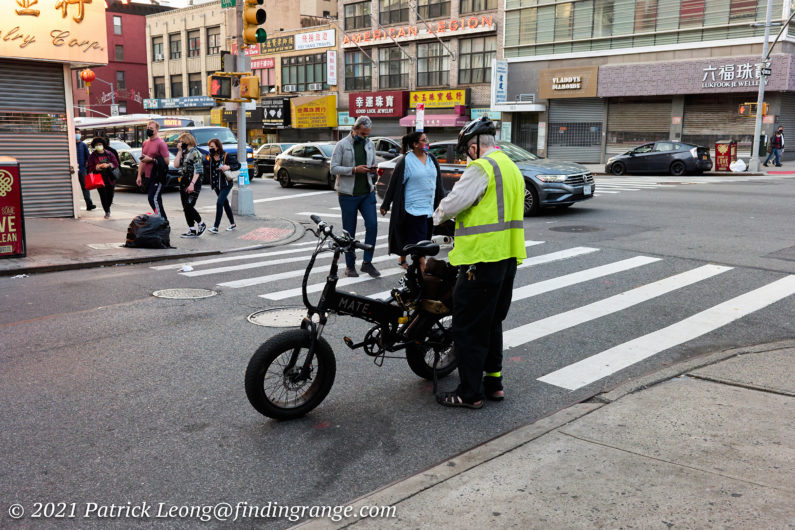
↑ Here’s another example taken at 6400 with the same lens, and aperture as above.
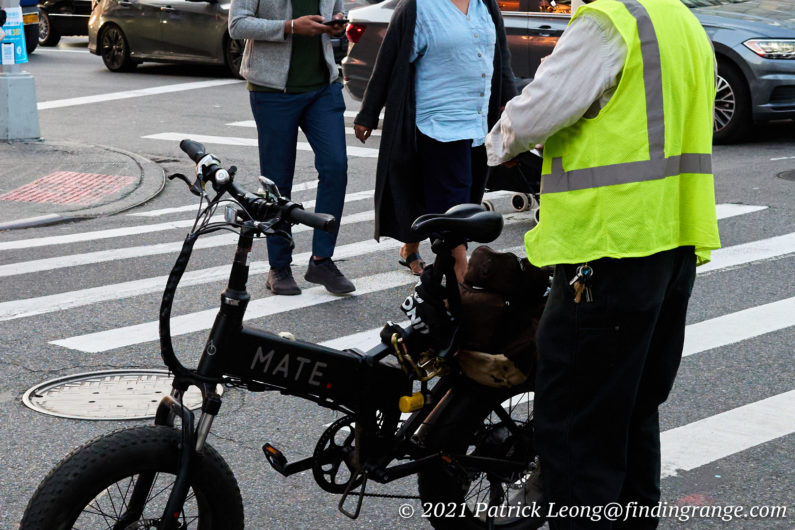
↑ Here’s a 100% crop of the photo above.
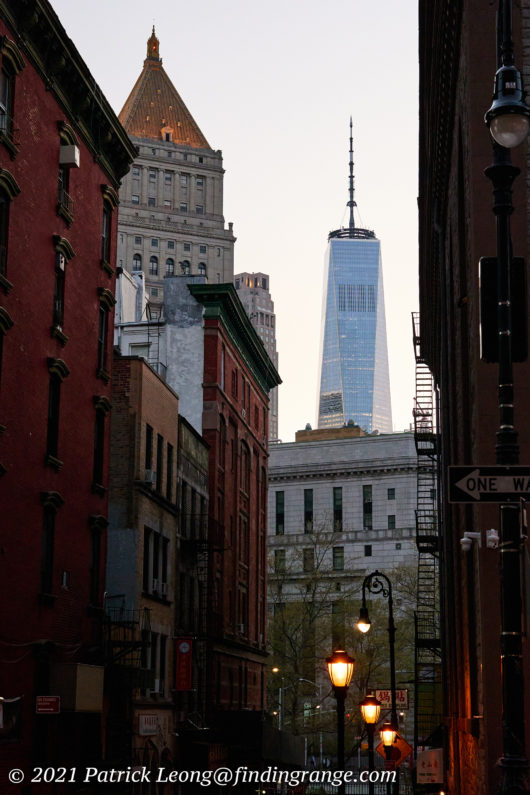
↑ Here’s a photo taken with the Sigma 35mm f2 set at f5.6. I used 12800 ISO here.
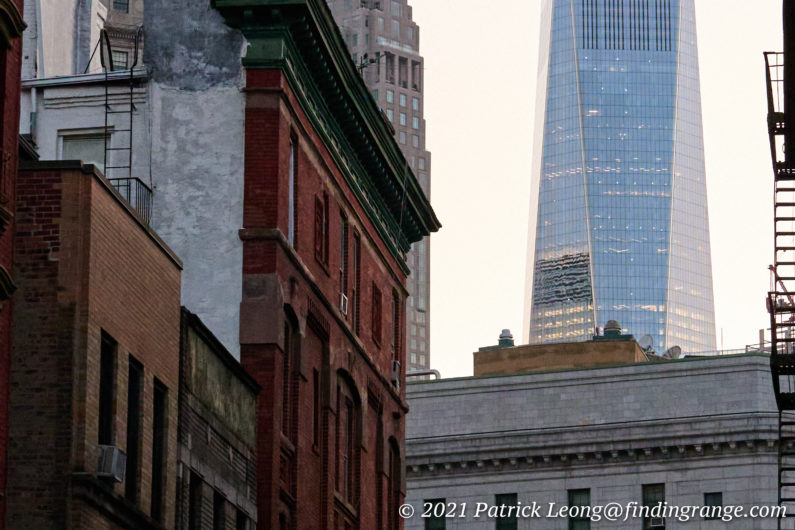
↑ Here’s a 100% crop of the photo above.

↑ This was taken using 25600 ISO with the same lens as above, and at f5.6.

↑ Here’s a 100% crop of the photo above.
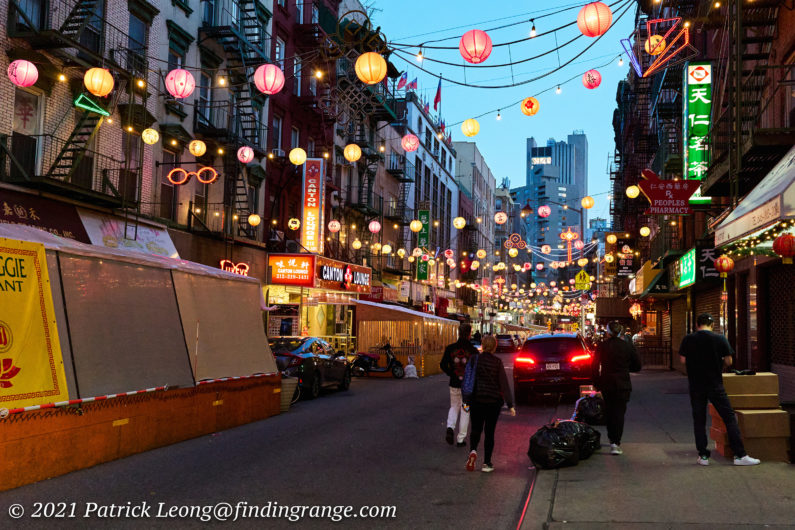
↑ Here’s another shot taken with the same lens but this time, set at f6.3.
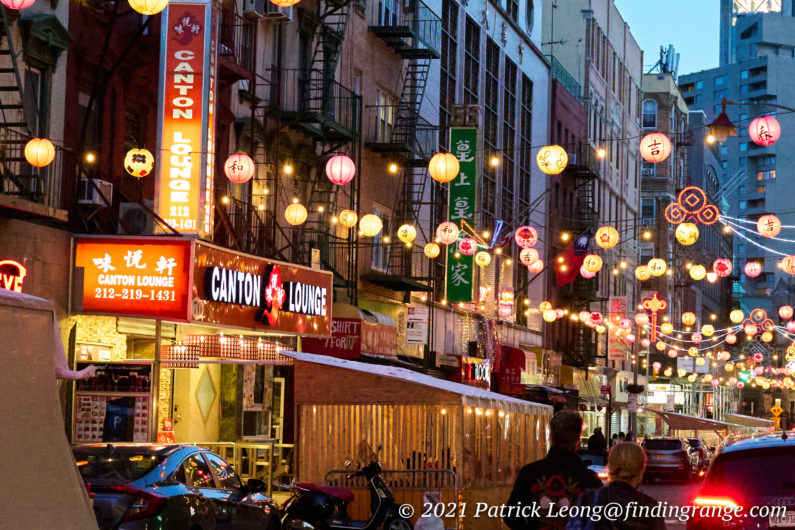
↑ Here’s a 100% crop of the photo above.
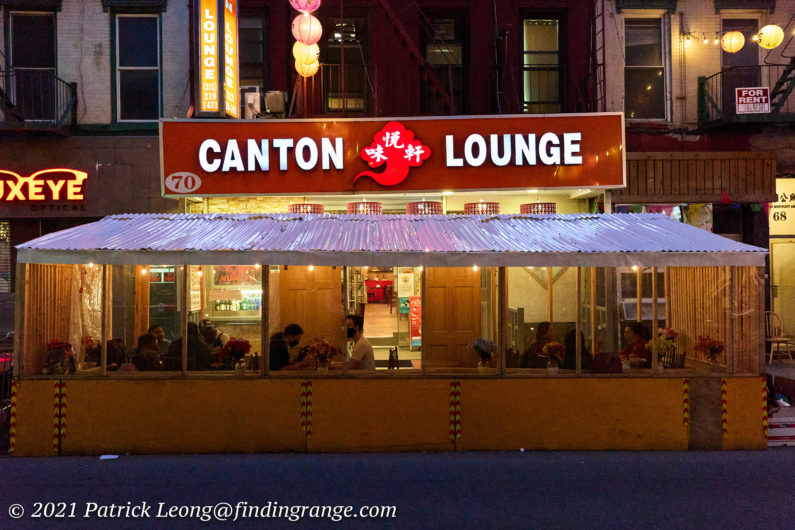
↑ Here’s a photo taken with the Sigma 35mm f2 at f5.6. I used 51200 ISO. As you can see, it’s still pretty clean considering.
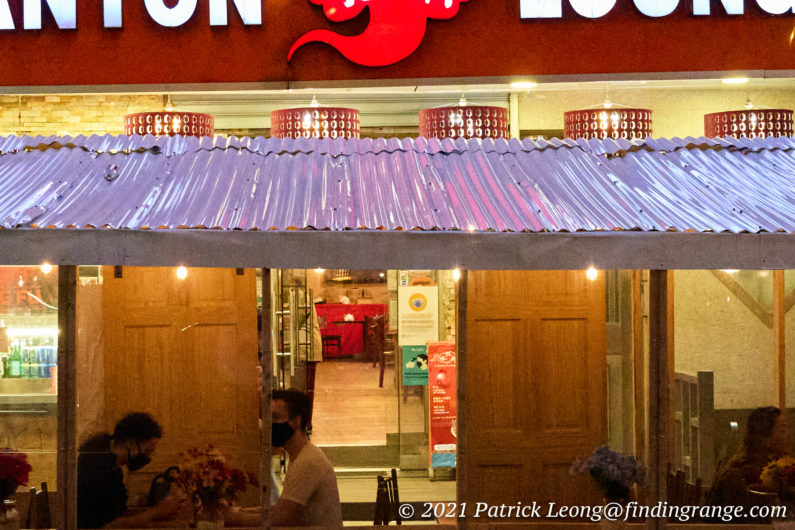
↑ Here’s a 100% crop of the photo above.
The Panasonic Lumix DC-S5 really impressed me with its image quality, and the best thing is it’s L mount. It means access to a growing library of lenses from not only Panasonic but from Sigma, and Leica. As I said earlier in this review, I was happily shooting with Sigma’s new I Series lenses, and also my Leica SL lenses. All three manufacturers make some of the best lenses out there, and only contribute to even better photos out of the S5.
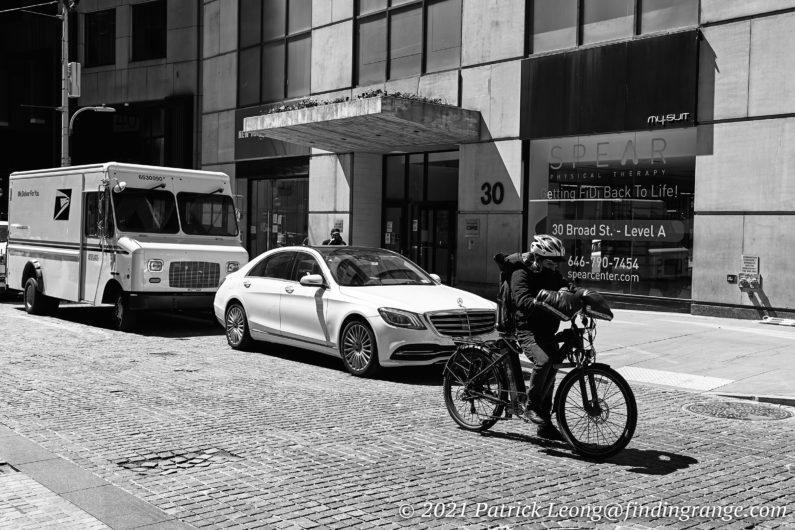
↑ This was taken when I was walking around the Wall Street area with the Sigma 35mm f2 I Series. The settings I used were f4 and 100 ISO.
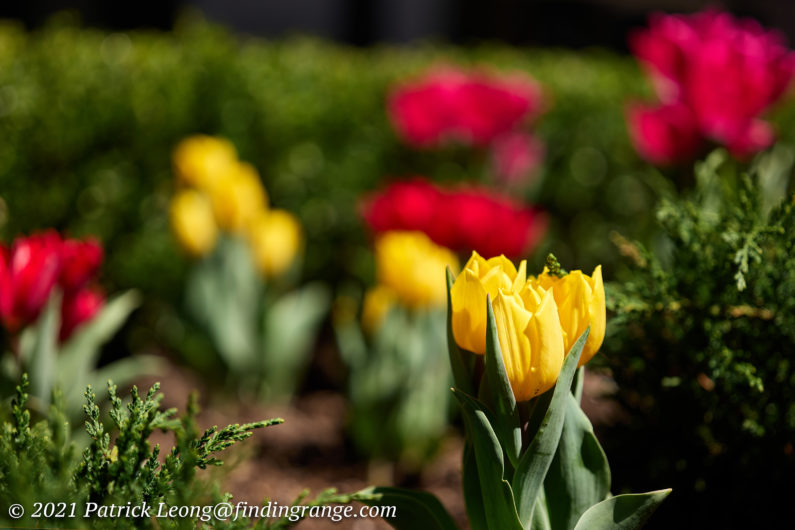
↑ Here’s one taken at f2 with 100 ISO using the Sigma 65mm f2.

↑ This was taken around Chinatown using f4 and 400 ISO with the Sigma 35mm f2.
Pros And Cons:
Pros:
- Well made, solid body.
- Dust and splash resistant.
- Compact and full featured.
- Great video.
- Image Stabilization.
- Fast autofocus.
- Superb image quality.
- In addition to making a great standalone camera, it’s also an excellent companion to a Leica SL2.
- Part of the L Mount Alliance: access to a growing library of lenses from Panasonic, Sigma, and Leica.
Cons:
- Some may take issue it still has a contrast detection based autofocus system.
Panasonic Lumix DC-S5 Mirrorless Camera Verdict:
Quite frankly, the Panasonic Lumix DC-S5 has exceeded all my expectations. It has become one of my favorites cameras that I’ve had the pleasure of reviewing. For me, it clicks all the right boxes: it’s well made, compact (and noticeably more compact that its higher end siblings), has great video capability, and produces excellent images. Best of all, it’s priced just right yet unlike a lot of cameras that are priced more competitively, it doesn’t feel like it lacks in any features. In other words, even though this camera is more budget friendly, it is still definitely up to pro standards in my book.

↑ ↑ The Sigma 35mm f2 makes such a great street lens. It’s compact making it discreet, and the autofocus is fast. This was taken using f4 and 100 ISO.
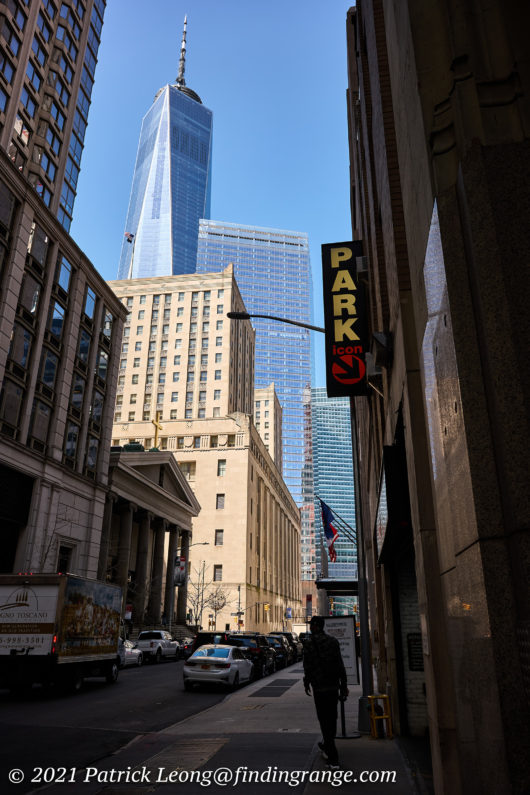
↑ Here’s a photo of the WTC taken with the Sigma 24mm f3.5. I thought it was kind of cool to add the Park sign in the photo. The settings were f8 and 320 ISO.
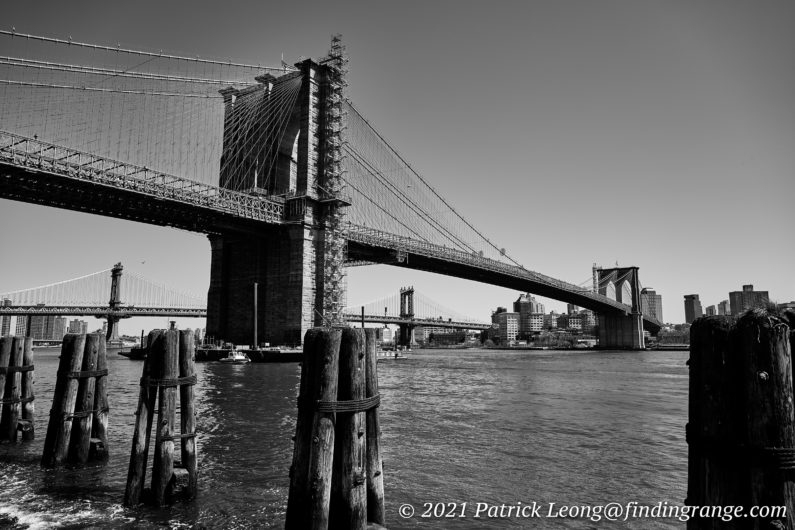
↑ Here’s a shot of the Brooklyn Bridge that I took right under the FDR Drive. The settings were 100 ISO and f8. I used the Sigma 24mm f3.5.
Best of all, the S5 is L mount, which means access to some of the best lenses out there. As some of you know, my main system is the Leica SL system, and I love being able to use lenses from not only Leica but Sigma and Panasonic. There are even other manufacturers producing L mount lenses, and don’t forget about all the adapters out there allowing you to use even more lenses. The L Mount Alliance is great, and buying something like the S5 gets you immediate access to it all.

↑ This was taken in Chinatown with 100 ISO at f5.6. I used the Sigma 65mm f2.
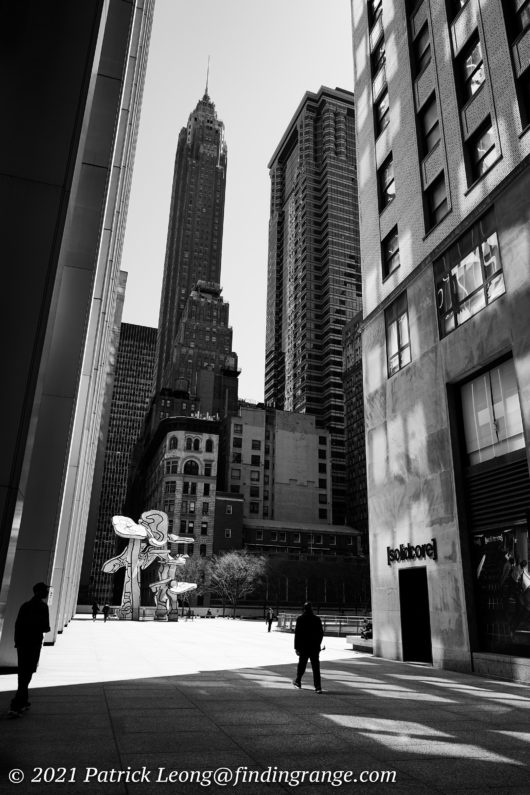
↑ This was taken around the Wall Street area with the Sigma 24mm f3.5. The settings were f11 and 400 ISO.
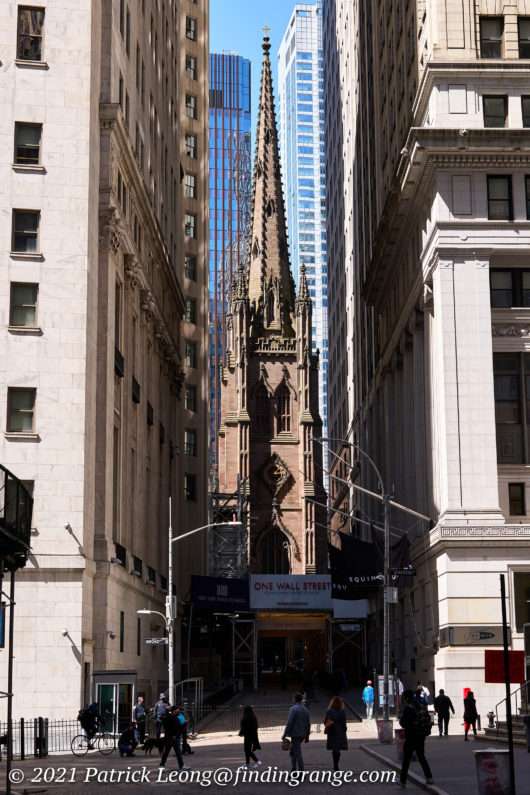
↑ Here’s a photo I took at f11 with 400 ISO. I used the Sigma 65mm f2.
Also, as a Leica SL2 user, I can say that the S5 makes a fantastic companion to it. I know I mentioned this earlier in my review but I wanted to emphasized this a bit more for my Leica readers, who might be interested in a second body. The S5 is great for those days when you may not need the higher pixel count, and instead, want to go lighter, and smaller. It uses the same lenses as the SL2, so it’s not like you have to invest in completely new lenses either, and as I said earlier in my review, if you get the Sigma I Series lenses, you will probably have one of the best compact full frame systems out there in my opinion.

↑ Here’s one taken with the Sigma 24mm f3.5 set at f8. I used 320 ISO here, and this was around the Wall Street area.
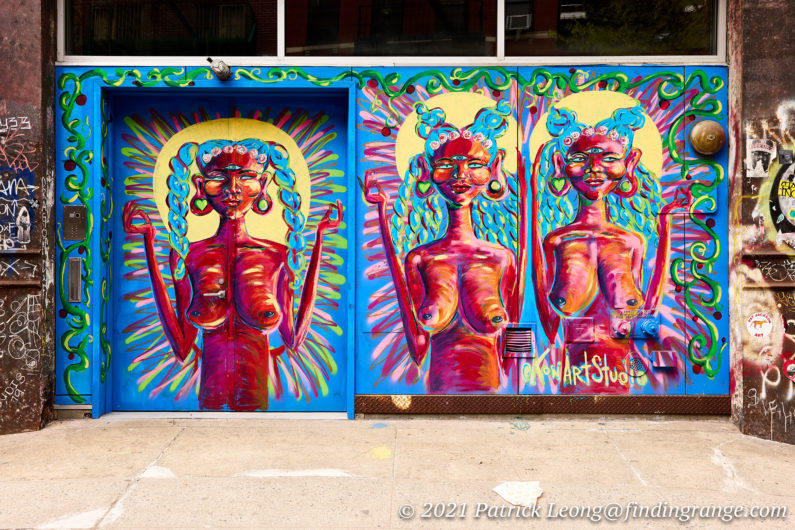
↑ This was taken somewhere around the Lower East Side of Manhattan with the Sigma 35mm f2. The settings were 100 ISO and f5.6.
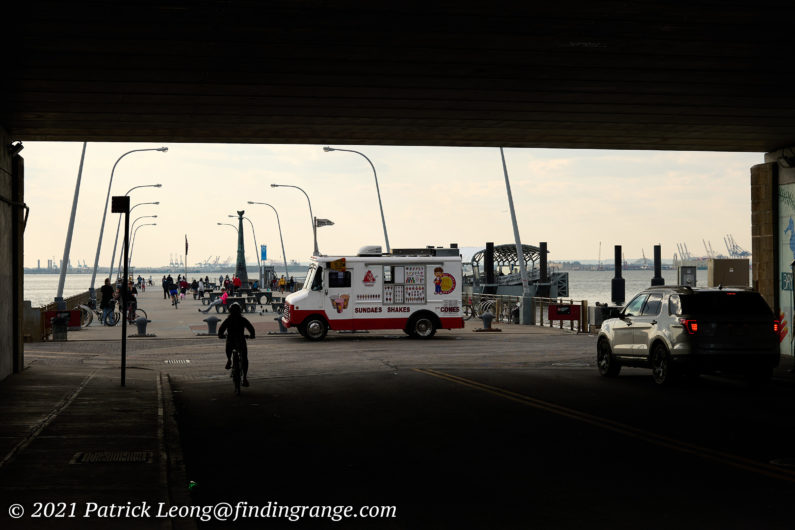
↑ This was taken in Bay Ridge with 100 ISO and f5.6. I used the Sigma 65mm f2.
So bottom line is I highly recommend the Panasonic Lumix DC-S5. It’s seriously one of my favorites right now. Are there any negatives? I’m sure if one looks hard enough, one can find negatives in anything haha but as far as I’m concerned, this camera is a must-buy in my book.
Thanks for taking the time to read my review! If you’re considering purchasing the Panasonic S5, and my review helped you decide, please help support this site by purchasing from the links below or any mentioned in this review. It will not cost you anything extra. Thank you for your support!

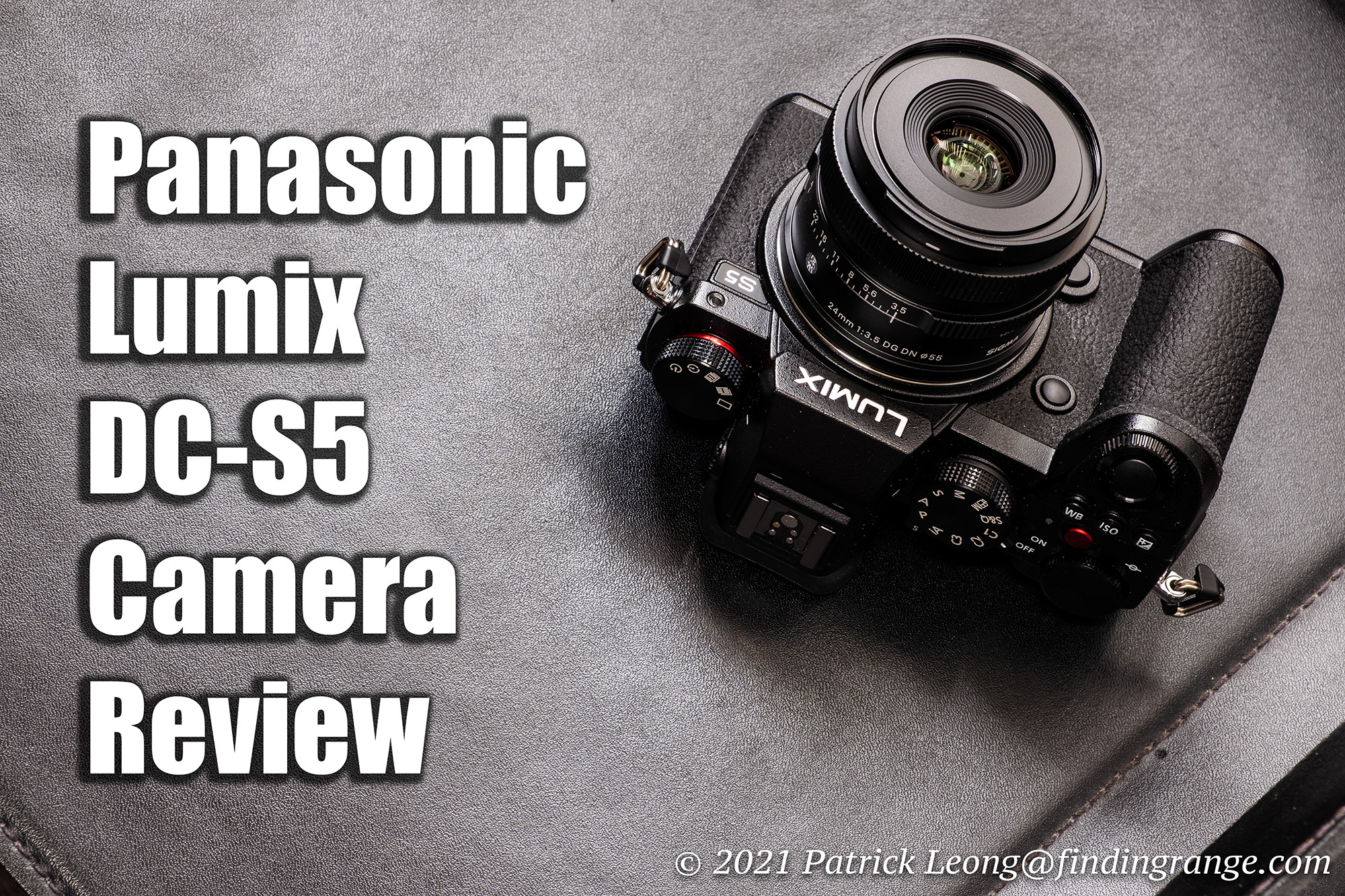
Thank you for posting this review. What is there not to love about this camera? You were very thorough and answered any and all questions I had.
Hi Alex,
Apologies for the late reply! Been so busy these days. Thanks for the kind words, and for taking the time to read my review!
It’s a great camera, and one that I still miss after sending my loaner back. I have the S1 now for review, and in some ways, I think I prefer the S5 :).
Take care, and thanks for stopping by!
Best,
Patrick
A very comprehensive and well written review. Thanks.
A year ago I would have entertained this camera. However I recently updated to the M10R from my 4+ year old M10 and also added a Q2 Monochrom. Those two digital cameras have shown me that 24MP is no longer competitive (only my opinion). Maybe 32MP or 36MP should be the new entry point. I realize one can produce 20X30 prints from a 10MP image but the higher MP sensors have gotten very good and the added detail and cropping room is highly useful.
Another knock in my opinion is the lower resolution EVF. Nikon put a 3.6M dot EVF in the Z5. That now seems to be the low bar for an EVF.
Hi Gary,
Thanks for taking the time to read it! I really appreciate it!
Personally, I love the S5. For my needs, it’s been great. I returned it already because it was just a loaner but I genuinely miss it, and if I were in the market for a second camera, I think it would make a great companion to my SL2.
I do agree about the higher MP sensors being better these days. But they’ve also made 24 MP sensors much better as well. The S5 produces very clean files at high ISO, for instance.
Thanks for sharing your opinions and taking the time to write them out here in the comment section, Gary. Always a pleasure to hear from you! Take care my friend!
Best,
Patrick
I was on the brink of springing for an SL2 when my wallet took hold of my clicking finger and told me to stop and think this one through a little more. So I re-read your S5 review and have had a change of heart and mind.
In addition to my M10R I’ve been using my Nikon Z5. However the Z prime lens selection are all heavy for me (I’d consider the new 40mm but all plastic including the mount turned me off). I like shooting 35mm but the Nikon Z 35 lens is front heavy on the camera and thus not well balanced.
So after re-reading your S5 review and your Sigma 35 f2 review I think that will be the way to go for a companion to my M10R. Thanks!
Hi Gary,
That’s a fantastic setup. The 35mm f2 is a great lens, and it goes together nicely with the S5. Also, the other I Series lenses are a great match with the S5 as well, and you WILL get some superb results. Apologies for the late reply, Gary. Been a little busy here with a ton of edits. Let me know when you get it!
Best,
Patrick
Thanks for the detailed review. How would you say the S5 compares to the Nikon Z5, to which you also gave a very positive review? Are there any reasons to favor the Nikon for someone without any lenses in either system?
Hi James,
Apologies for the late reply! Just been running around a lot lately. Thanks for taking the time to read my review!
I think both cameras are great, and I don’t think you can go wrong with either choice. I really think it comes down to preference. However, if I were in the market for one of these cameras, I think right now, I would probably go for the S5. There are a lot of factors to consider, and they both have their strengths and weaknesses but overall, I think the S5 feels less like an entry level camera to me. Others may feel differently, of course. Plus, the lens collection is phenomenal. It’s in the L Mount Alliance, so you have lenses from Sigma, Panasonic, and Leica.
I really enjoyed using both cameras. I really did. But I didn’t find myself comparing the S5 to my SL2 or the S1 when I was using it, which meant to me, at least, that I genuinely enjoyed it and was content with exactly how it is built. I have the S1 that I’m reviewing now, and truthfully, I find myself missing the S5 a bit in some situations haha.
So, I hope this helps, and again, apologies for the late reply. Have a great day!
Best,
Patrick
Hi Patrick,
I was looking for a camera body for a long time. I bought it on black Friday, this year 21.
It is wonderful and small like my old Fuji XT-2.
I have Leica M-mount lenses. The Lumix S5 is a great match with them. Wide angle from Voitglander; 15mm III, Ultron 21mm, Nokton 40mm, Zeiss Planar 50mm, and Panasonic L 85 1.8. I’m setting myself up for some fruitful shooting.
The 4 diopters in the EVF preview and the x16 magnification for me a blind man with glasses, and the manual focus assist are brilliant even without glasses I can see well! And great tools for remote control via iPad.
Sharpness not seen in any other equipment of this class (Z5/Z6, R, A73). In addition, the high resolution mode bypassing interpolation, after all, it blows away the full frame system and we are comparable to medium format, I was in complete disbelief. it’s so true!
I love this camera and the creamy bokehs from the Nokton. Enjoy your shooting, great article.
Regards Jacek
Hi Jacek,
Apologies for the late reply! I took a bit of a break. I hope you are enjoying the holiday season!
The S5 is one of my favorite cameras. It’s priced right, it has great features, it’s compact, and the best part is you have some fantastic lenses that you can choose from, so you know you’re going to get some excellent images. Congrats on getting one! I hope you continue to enjoy it. You already have a great collection of lenses to use the camera with :). If you ever have any questions, or just want to talk shop, feel free to send me a message.
I hope you are enjoying the holidays!
Best,
Patrick
Being that the S5 is a L mount camera, what adapter are you using
for the M mount lens
Hi Bernard,
I currently have the Leica version because I bought it when the SL first came out. But the S5 was a loaner, and I used it exclusively with the Metabones because I was also trying that out as well.
Best,
Patrick
Hi Patrick .I like reading your review and it is helpful. Just a little question, are those colour and esp the b&w photos straight out of camera , or have been processed with software ?
Thank you and regards.
Hi ChongYew,
Thanks for the very kind words, and for taking the time to read my review! All the files were processed from RAW files using Capture One. I hope this helps! Have a great weekend!
Best,
Patrick
Looking for something different now my X-Pro1 is finally giving up the ghost and am torn between an FP/FP-L and maybe this. I want small, but I notice this camera is actually not much bigger than an FP with the large handgrip.
Thing is, the FP/FP-L sensors seem to produce ‘smoother’ looking images with lovely colours. Is that something you found when trying the different cameras? Or is it more likely a case of PP do you think? The sigma 35 and 45 look to be lovely lenses. The S5 can be had for a very reasonable price used in ‘like new’ condition…
Hi Alex,
Apologies for the late reply, and thanks for taking the time to leave a comment! I honestly believe both these cameras offer quite a lot.
I found the FP L to be an entirely different beast with that 60 MP sensor. The files that come out of that little camera are beautiful, and it’s so nice to have a camera that compact with so much power, I guess :). When I loaded the images from the FP L into my computer for the first time, I did feel like they were a bit smoother but besides that things like the dynamic range are excellent. The files are, at least to me, quite easy to manipulate in RAW form. But you’re right; the grip does make it larger, and then there’s not much of a huge difference between it and the S5.
As for the S5, I’m also a huge fan of it as well. I feel it’s one of the most versatile cameras you can buy right now, and easier to use. It’s been one of my favorites for quite some time.
The Sigma 35 and 45 are awesome lenses. In fact, I’ve reviewed nearly the entire line of L mount lenses from them, and they are some of the best lenses you can get for the system. They are also generally pretty compact (the I Series), and have decent autofocus capabilities.
I am in the process of re-organizing my menu on this site, so if you are interested in a lens, and you don’t see a review, let me know. I’ve probably reviewed it :).
Thanks and have a great weekend!
Best,
Patrick
Hi Patrick,
Thanks for the reply. I missed out on getting an FP-L for a very attractive (crazy) price on eBay sadly, but I think the images do look a bit nicer than the s5 but it could purely be down to the various ways people on Flickr etc process their pics. I do like the colours and less crude sharpness from the sigma sensor implementation but again it could be processing etc.
I’m tempted by trying something new after using Fuji for almost 15 years but may see what they come up with later this year, although the X-H2 maybe a bit large. I have the touit 32mm for my Fuji and think it’s a classic, the rendering and colours are fantastic, it’s a nice size and weight and have seen some great results of what it can do on the latest Fuji sensors so if they boost the resolution it could be interesting to see the result. I think I remember reading a review of it on your site many many years ago!